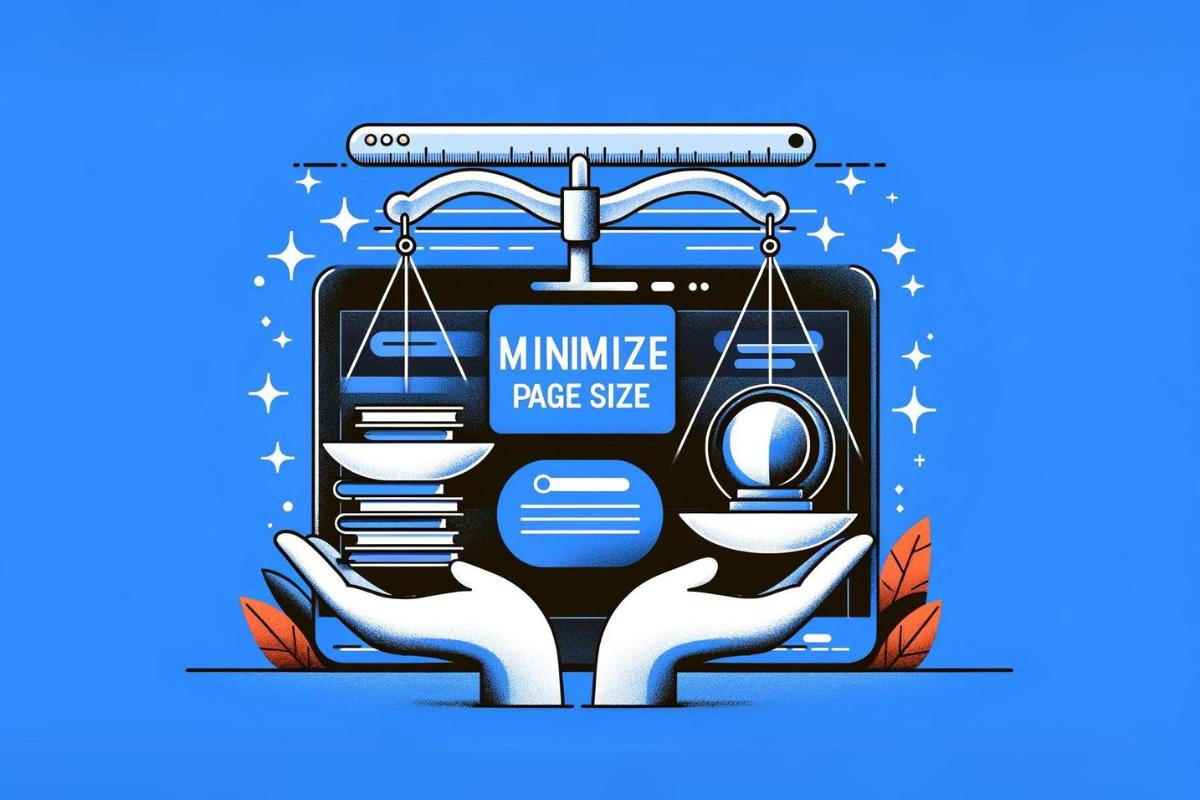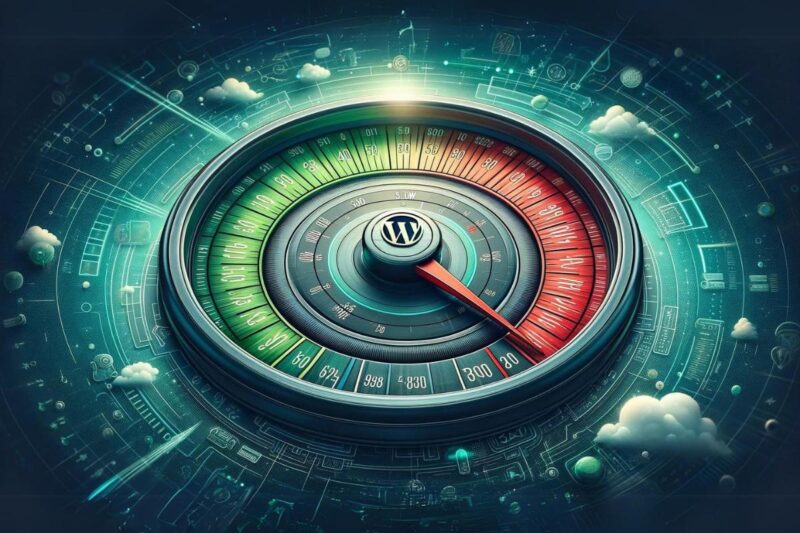Performance is critical for the success of any site. There have been numerous studies which show that even a small delay can have a huge impact on whether your visitors stick around – and if they leave, there’s no chance of them donating.
The probability of bounce increases 32% as page load time goes from 1 second to 3 seconds.
Google
Thankfully, even if you have limited technical skills, there are a range of things you can do to get your WordPress site humming.

Minimise Page Size
The first thing to keep in mind is the amount of data your visitors have to download in order to view your page. This can have a massive impact, especially for visitors who are on slower connections or older devices. There are a number of things to consider here:
- Avoid page builders as they tend to add a lot of unnecessary bloat to the code on the page, as well as often loading a whole pile of extra scripts for components that you may not be using.
- Optimise your images
- Ensure your images are in the optimal format: use JPEG for photos and PNG for simpler graphics. While newer formats offer reduced sizes, their limited support makes JPEG and PNG the preferred choices for now.
- Use a plugin like Smush to automatically compress your images as you upload them.
- Make sure you tell your site to use smaller versions of images where they’re only going to be displayed in a relatively small space.
- Minimise use of external services. Every additional script you add to your site – whether it be for analytics, conversion tracking, social sharing, or even to embed videos – slows down the page. Try and keep them to only the absolute essentials.

Carefully Select Plugins
Plugins are a great way to add additional functionality to your WordPress site. However, every plugin you add to your site adds a little bit of overhead to each page load – and if a plugin isn’t well written it can have a significant impact. We recently did a review for a customer who complained that their site was painfully slow and we found that one plugin (written and automatically installed by their host) was adding more than 7 seconds to every page load!
You should only install and use plugins that you really need, and ensure that any plugins you do install come from a reputable source. It’s also generally best to stick with plugins that have a relatively narrow focus – it’s much easier to do one or two things well than 50 (and chances are you only need 5 of those 50 things anyway).

Implement Caching
When someone visits a page on your site, WordPress has to run a whole range of processes in the background to retrieve and construct the various elements that comprise the finished product. This includes understanding the request and which page is being requested, pulling various pieces of data from the database, numerous logical processes and more. Of course all of that processing takes time, and it all has to happen before anything can even be sent back to the browser.
Caching is basically the process of the site remembering exactly what the finished page looked like so that the next time someone comes to visit that page the server is able to just send it back immediately without having to recreate the entire page from scratch every time. This can have a huge impact on the speed of your site.
There are numerous caching plugins available for WordPress, but we recommend and use W3 Total Cache.

Use a Content Delivery Network (CDN)
A CDN sits between your web server and your visitors, and if configured correctly can provide a whole range of performance boosts to your site (along with various security improvements). If you’re not currently using a CDN, we suggest looking at Cloudflare.

Use Quality Hosting
When it comes to web hosting, you get what you pay for. While a $5/month hosting plan may sound like great value, it usually means that your site is sitting on a low-end server which will often be running more websites than it can reasonably handle. This will often result in your site being slow, or even completely unavailable at times.
It’s worth investing in quality web hosting, and if your target audience is primarily in Australia then selecting a host whose servers are physically located in Australia can also have a significant impact on the speed of your site for those visitors due to the reduced distance the information has to travel. We partner with and recommend Conetix.
Want us to review your site’s performance and recommend improvements? Please don’t hesitate to reach out!
1 comment
Comments are closed.

Wow Thanks for this review i find it hard to come up with good data out there when it comes to this subject matter thank for the information site